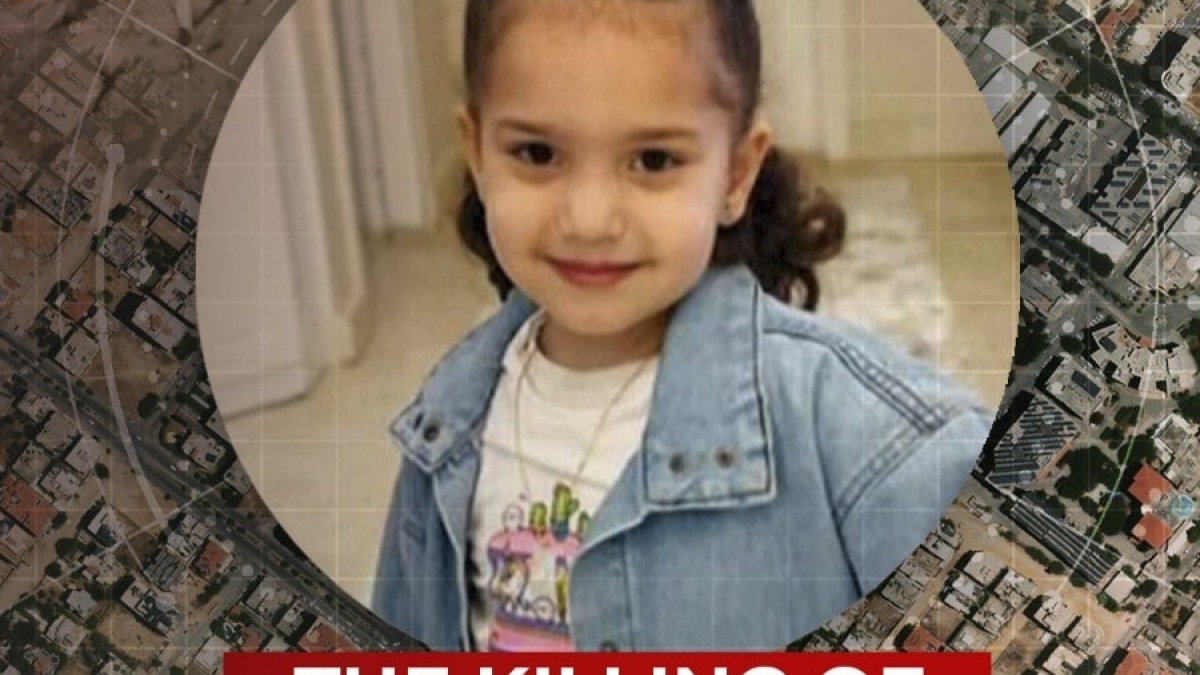What is Israel’s latest ‘day after’ plan for Gaza?
On Thursday, Israel’s defence minister Yoav Gallant shared his “day after plan” for the Gaza Strip after Israel completes its military operation against Hamas, which has ruled the territory since 2007.
The outline is part of a “vision for phase three” document submitted to Prime Minister Benjamin Netanyahu’s war cabinet on Monday. It states that civil administration of the enclave would pass to unnamed “Palestinian players”, while Israel would retain the ability to carry out military activities within the Strip after the war.
Here’s what you need to know about this plan.
What is the ‘day after’ plan?
Under this latest plan, neither Hamas nor Israel would govern the Gaza Strip once hostilities there conclude, but this comes with certain caveats, Gallant revealed.
The plan states that Israel’s war in the territory will continue until it has secured the return of the hostages taken by Hamas in southern Israel on October 7, dismantled Hamas’s “military and governing capabilities” and removed any remaining military threats, Agence France-Presse (AFP) reported.
Once all of that has been achieved, a new phase will begin in which “Hamas will not control Gaza and will not pose a security threat to the citizens of Israel”, with other Palestinian bodies assuming the territory’s governance.
Israel would reserve the right to operate inside the territory, which means its forces would be able to come and go as they pleased – similar to current arrangements in the occupied West Bank. However, Israel would not keep a constant civilian presence in the enclave after the aims of the war have been met, nor would there be any Israeli settlements.
Gallant also said that Israel would continue its intense supervision of Gaza’s border. This could involve maintaining a blockade on the Strip via land, air and sea, as well as carrying out inspections of everything that comes in and out of Gaza post-war, Al Jazeera correspondent Hamdah Salhut reported.
Gallant did not specify which Palestinian officials would govern the strip, simply stating that: “Gaza residents are Palestinian, therefore Palestinian bodies will be in charge, with the condition that there will be no hostile actions or threats against the State of Israel.
“The entity controlling the territory will build on the capabilities of the existing administrative mechanism (civil committees) in Gaza,” Gallant’s plan states.
He also addressed plans for the reconstruction and rebuilding of Gaza after the war, stating that a coalition of international actors, including Arab and European states and other Western allies, would be in charge.

How does the plan compare with what Netanyahu has said?
Netanyahu has also said that a “civilian government” should rule Gaza after the war is over, but is opposed to the idea of the Palestinian Authority, the Fatah-led government which partly controls the West Bank, being placed in charge of the Gaza Strip.
He also said that the Israeli military first needs to “eliminate Hamas” before post-war plans can come into effect.
In November, Netanyahu stated that Israel would take responsibility for Gaza’s security for an “indefinite period” without specifying how this would happen. He added that this would be necessary to prevent the “eruption” of another “Hamas terror”.
What have other senior Israelis said?
On Monday, the far-right national security minister, Itamar Ben-Gvir, called for Israeli settlers to return to the territory after the war and for a “solution to encourage the emigration” of Gaza’s Palestinian population, echoing similar comments by right-wing finance minister Bezalel Smotrich.
In an interview with Israeli Army Radio on Sunday, Smotrich said that removing about 90 percent of Gaza’s population from the enclave would help security in the region post-war, as Gaza is a “hotbed where two million people grow up on hatred and aspire to destroy the State of Israel”.
“If there are 100,000 or 200,000 Arabs in Gaza and not two million, the whole discourse about the day after will be different,” he added.

What does the PA say?
In an interview with the Financial Times, Palestinian Authority Prime Minister Mohammad Shtayyeh said any eventual arrangement must involve “a political solution for all of Palestine”, and not just Gaza.
“[Israel] wants to separate Gaza from the West Bank politically,” Shtayyeh said.
“I don’t think Israel is going to leave Gaza very soon. I think Israel is going to create its own civil administration that functions under the Israeli occupying army. And therefore the issue of the ‘day after’ is not clear yet.”
What does the US think?
Washington has been pushing for a two-state solution and has suggested that Gaza be governed by a “revitalised” Palestinian Authority, based in the occupied West Bank.
Gallant’s plan is “completely contrary to what the Americans envisage as their so-called ‘day after’ concept”, said Al Jazeera correspondent Mike Hanna.
“The Americans have based their ideas on the fact that the PA would take over control or administration of Gaza,” he added.
On Thursday, US Secretary of State Antony Blinken departed for a visit to Israel where discussions about Gaza’s post-war future are likely to be on the agenda.




